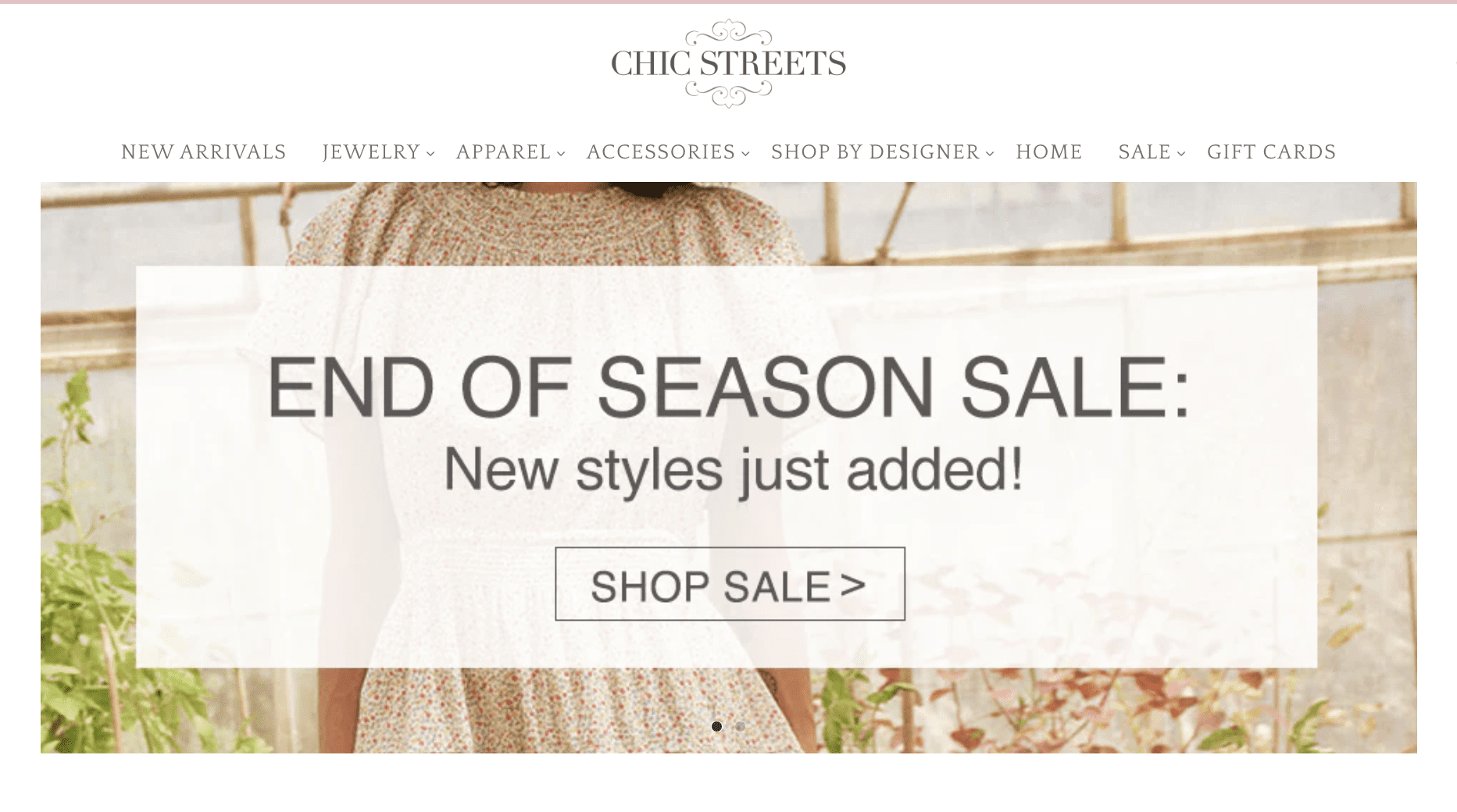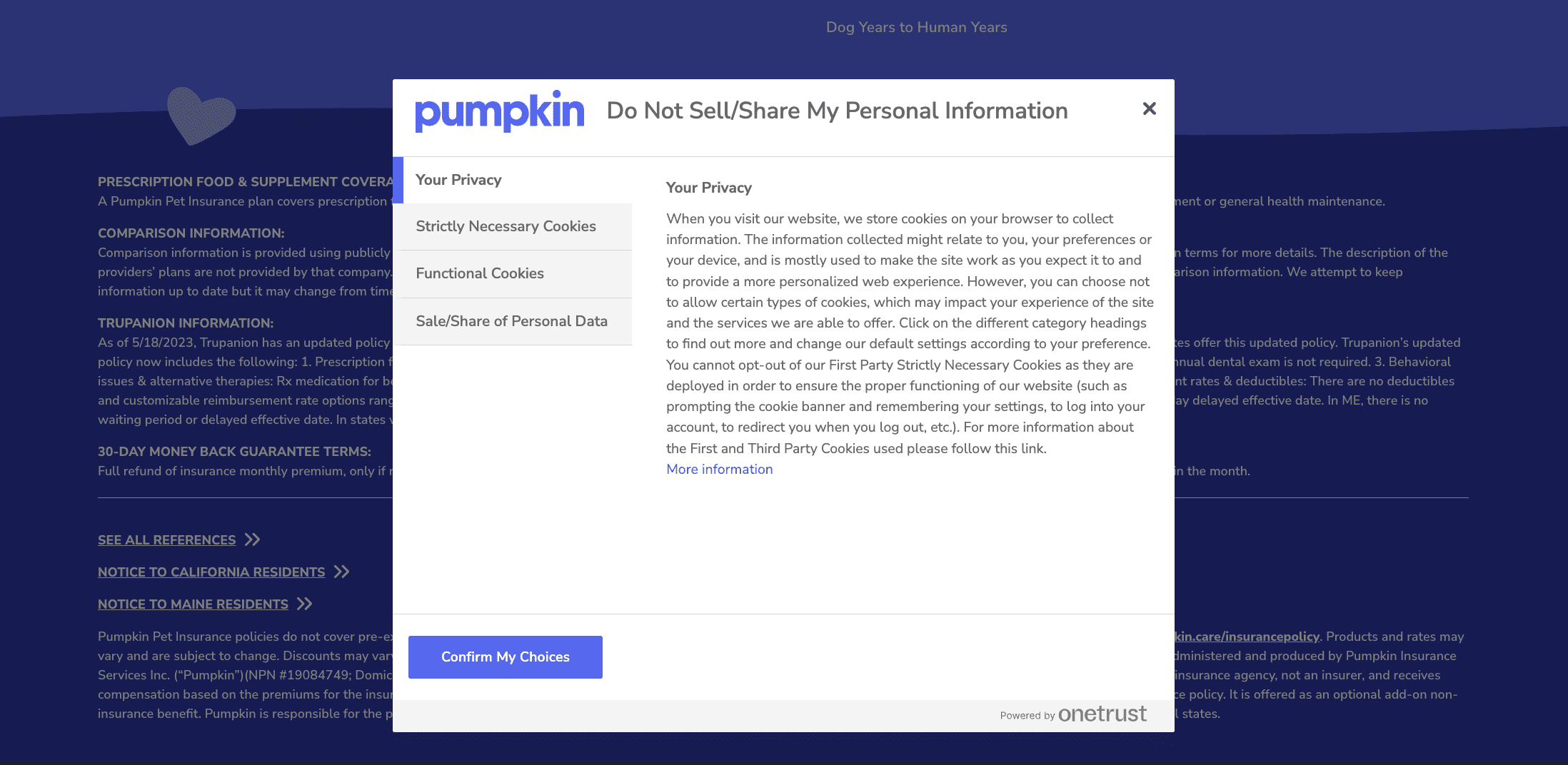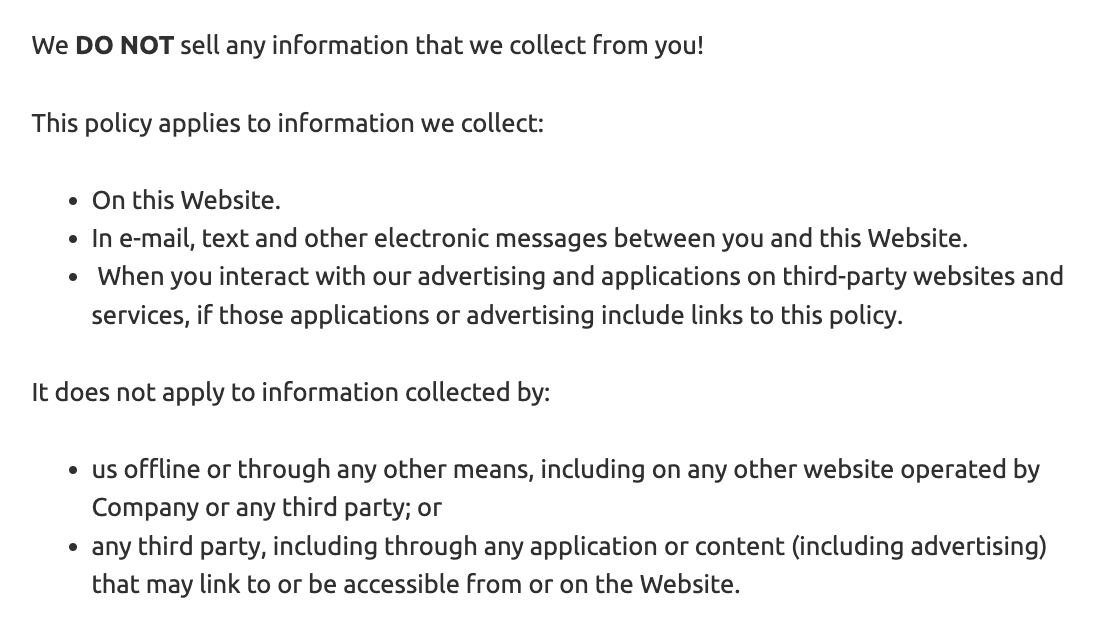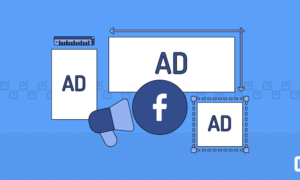In today’s digital age, where ads pop up at every scroll and click, standing out is more challenging than ever. The solution to becoming a game-changer in the ad world? Facebook Dynamic Ads.
This isn’t just another ad type; it’s a revolution in how businesses connect with potential customers on Facebook. As we dive into this article, you’re not just going to learn about a dynamic ad format; you’re about to discover a tool that tailors content in real time, making sure your ads are always relevant and timely.
We’ll unravel the intriguing mechanics behind these dynamic ads and how they differ from the traditional static ones you might be used to. Next, we’ll delve into the undeniable benefits they offer, guaranteeing you more bang for your advertising buck. For those ready to jump in, we have actionable insights and steps to get you started. We’re about to demystify the world of Facebook Dynamic Ads and showcase why you need them in your marketing toolkit.
Let’s start by getting a better grasp of Facebook Dynamic Ads
Facebook Dynamic Ads: What You Need To Know
In the simplest terms, dynamic ads are like those friends who always remember your birthday, favorite color, and your pet’s name – they’re extra-attentive. Have you ever been online shopping, only to see the same item pop up on your Facebook feed later? That’s not magic; it’s Facebook Dynamic Ads at play.
Unlike traditional static ads, which are like that one-size-fits-all t-shirt you regret buying, dynamic ads adapt. They change according to what the user might want or need, making them incredibly personalized.
How does it do that?
The real MVP here is the Facebook Pixel. Think of it as a friendly little spy that observes what users are doing on your website. It tracks user behavior, like products viewed or added to cart but not purchased. Dynamic ads come alive with this data, combined with your product catalog uploaded on Facebook.
This tracking pixel automatically customize and showcase products or services based on user behaviors. So, when someone leaves that cute dress in their cart without finishing the checkout process, Facebook Dynamic Ads might give them a little nudge later, reminding them of the abandoned potential purchase.
Dynamic ads are smarter. They can retarget users, reminding them of previous interactions mentioned earlier. They also recognize upselling and cross-selling opportunities. If someone bought that dress, they might see an ad for matching shoes or accessories.
But what about reaching people who’ve never interacted with your brand? Dynamic ads can also target a broader audience network, luring potential customers into discovering what you offer.
So dynamic ads maximize your opportunity to sell? What else can it do for you? Let’s consider key benefits when doing dynamic ads.
5 Key Benefits Of Using Facebook Dynamic Ads
Why should you make the switch to Facebook Dynamic Ads? Let’s break the reasons down.
I. Automated Efficiency
Using Facebook dynamic ads is like having a personal assistant who knows exactly how to show your products to potential customers. No more fumbling around with creating dozens of ad variations or spending late nights adjusting your campaigns. With dynamic ads, algorithms take the wheel. They handle variations, making sure the right ads are shown to the right people at the right time.
II. Relevance At Scale
Nobody likes getting socks as a gift when they’re hoping for headphones, right? It’s the same principle. Dynamic ads make sure each user sees content tailored to their unique interests and behaviors. So, while Mike gets ads about the latest gaming console, Emma might see ads for the art supplies. It’s personalization on steroids, reaching thousands at once.
III. Maximized Return On Investment (ROI)
Let’s talk numbers. Dynamic ads boost click-through rates because they’re so on point. With precision targeting, you’re not throwing money at folks who’d likely never be interested. This means more bang for your advertising buck and a satisfying reduction in ad spend wastage.
IV. Consistency Across Devices
Have you ever started watching a movie on your phone, then switched to your TV, only to have to search all over again? Annoying, right? Dynamic ads get that. They offer a seamless user experience, whether someone’s hopping between mobile, desktop, or tablet. Your ads stay consistent and relevant, so there’s no hiccups in the user’s journey.
V. Extensive Reporting & Insights
Knowledge is power and dynamic ads hand you the keys to a treasure trove of insights. Dive deep into ad performance, user interactions, and more. This isn’t just data; it’s a roadmap, guiding you to refine and optimize for even better results down the line.
Facebook Dynamic Ads aren’t just another tool in the box. They’re like that Swiss army knife you never knew you needed until you had it – versatile, efficient, and valuable in growing your digital presence and sales.
Now you want to put this into action, but where should you start? Consider the 5 steps discussed in the next part.
Actionable Insights: 5 Steps To Implement Facebook Dynamic Ads
Ready to roll up your sleeves and dive into the world of Facebook Dynamic Ads? Let’s go through the crucial steps to get these dynamic wonders up and running:
Step 1: Install Facebook Pixel
Think of the Facebook Pixel as the backstage pass to the concert – your customer’s online journey. It’s the behind-the-scenes tech that tracks user interactions on your website. Without the Pixel, dynamic product ads would be like trying to catch fish without a net – you’d miss all the good stuff.
Imagine peeking into the preferences of each person in a concert crowd, that’s the power the Pixel offers. It’s a tiny piece of code you place on your website, and it quietly observes, learns, and understands each visitor’s behavior. So when you’re showcasing your brand on Facebook, you aren’t just playing a generic tune; you’re curating a personalized performance for each member of your audience.
Here’s how you install the Facebook Pixel:
- Access Your Hub: Log in and navigate to your Facebook Ads Manager.
- Find the Tools: On the dashboard, you’ll spot the ‘Pixels‘ tab. It’s your gateway to the world of nuanced advertising.
- Kickstart the Creation Process: Click on ‘Create a Pixel‘. A friendly wizard will guide you through the setup, asking for some basic info about your website.
- Integration: Once you’ve created your Pixel, you’ll get a unique piece of code. This needs to be integrated into your website. Now, if tech isn’t your strong suit, Facebook has guides for various platforms or you can pass it to your web developer.
- Test: Once installed, visit a few pages on your website and check back in Facebook Ads Manager. If the Pixel status changes from ‘Not Active’ to ‘Active’, you’re good to go.
Step 2: Set Up A Product Catalog
Think of the product catalog as the glossy magazine spread where each of your products gets its moment in the limelight. It’s not just a list of products; it’s a curated experience. In a world teeming with digital noise, your catalog acts as a beautifully organized, easy-to-browse product sets.
Why is the product catalog so important?
Imagine walking into a brick-and-mortar store. The first thing that hits you isn’t the individual products, but how they’re displayed. A cluttered, disorganized mess? You’ll probably walk out. But a neat, thoughtful arrangement? You’re more likely to explore and buy. The same principle applies online. Your product catalog is the digital equivalent of this in-store experience, shaping users’ impressions and purchase decisions.
To set this up:
2.1 Organize Your Treasures
Look at what you offer. Identify patterns and groupings. This lingerie collection is an excellent example. Instead of a jumbled list, they created categories: “Swimwear,” “Dresses,” “Accessories,” and so on. Each product line serves as a clear marker, guiding visitors effortlessly.
They also included filters they think users might want to explore, like product colors and product sizes.

2.2 Bring Your Catalog To Facebook
Once you have your categories sorted, navigate to Facebook’s Commerce Manager, where you’ll find the option to ‘Create a Catalog.’ Start inputting your products or services. For each entry, make sure you have high-quality images, a compelling description, and accurate pricing details. But if you can, add other helpful tidbits – like size guides, care instructions, user feedback, or customer reviews.
2.3 Establish A Sync
Your catalog isn’t a “set it and forget it” deal. Inventory changes, products get sold out, new collections get launched. Your digital showroom should reflect these real-time changes. Establish a regular sync between your eCommerce platform and Facebook. Some platforms offer direct integrations, making the process a breeze. For others, you might need third-party tools, connection to yard management systems (for bulk inventory), or manual updates. Just remember, an outdated catalog is like a closed shop door – a lost opportunity.
Step 3: Define Audience Segments
Who are you speaking to? Audience segmentation makes sure your ads find their way to the right eyes and ears, not just to cold traffic or those unlikely to convert.
To define your target audience:
- Use Lookalike Audiences to find new potential customers or Custom Audiences for previous site visitors. These are warm audiences, those with a mid-chance of converting.
- For newbies, try broad audiences for broad targeting. For those familiar faces, a retargeting strategy might be your golden ticket.
Step 4: Create An Ad & Customize
Now you start making attractive creatives for your ad. What should it include?
- Use Facebook’s ad templates for a professional look without the designer fees.
- Choose from single image ads, carousel ads, or collection ads. Include an actual product photo.
- Use high-resolution images. Pair them with catchy and concise product descriptions to captivate your audience.
- Don’t just talk about features, show product benefits – how you are a solution to their problems.
Step 5: Monitor & Optimize
Launch is just the beginning. Now, keep an eye on performance.
- Use Facebook Ad Manager. Dive into metrics, see what’s working, and identify areas for improvement in your campaign objective.
- Update regularly, daily if you can. Keep your product catalog fresh, and don’t be afraid to tweak audience segments based on performance insights. Be mindful of audience fatigue, don’t show too much of the same ad to the same person.
Granted, you’ll have a lot on your plate when handling the business. To take some weight off your shoulders, you can delegate the ad creation and monitoring steps to an experienced executive assistant. If you’re new to this and want some assurance work gets done as expected, you can agree to use a time tracker to test the waters and establish trust in the relationship.
Now how does that look in actuality? We’ll cover 3 examples next.
3 Real-world Case Studies: Dynamic Ads In Action
These brands didn’t just use Facebook dynamic product ads; they transformed them into a symphony of success. Consider what tactics they applied and see if it fits your ad preferences and goals.
A. The Fashion Forward E-Store

Remember that eCommerce site, ChicStreet? They realized that a vast majority of their site visitors abandoned carts, often after getting distracted or second-guessing sizes. With Dynamic Ads, they retargeted these users, showing them the same fashionable pieces they’d left behind, sometimes even sweetening the deal with a discount. Remarketing efforts like these results in a whopping 30% increase in sales over 3 months.
Key Takeaway:
Don’t just target; retarget! Remind your customers of what they loved but left behind.
B. The Quirky Gadget Guru
Then there’s GizmoGalore, the fun, quirky tech site. They used Dynamic Ads not just to retarget, but to upsell. If someone bought a new smartphone, they’d see ads for related accessories like funky cases or earbuds.
Key Takeaway:
Always think one step ahead. If someone’s made a purchase, what complementary product might they be interested in next? Give them a selection of products.
C. The Travel Dreamers
JetsetJoy is a travel agency that used Dynamic Ads to their advantage big time and recognized that folks often dreamily browse holiday packages without booking, they retargeted these wanderlust-filled users with ads showcasing the very destinations they’d been daydreaming about.
Key Takeaway:
Tap into emotions. When you know your customer’s desires, position your product as the dream come true.
Each of these brands had their own journey, but with a common thread: leveraging Facebook Dynamic Ads to understand, reach, and resonate with their audiences. Your brand has its own story, its own quirks.
But here’s another thing to keep in mind:
You can’t just create just any ad. Let’s next consider crucial best practices and ad rules you should know about.
3 Common Facebook Dynamic Ads Challenges & How to Overcome Them
As much as we love smooth sailing, every digital voyage has its storms. Let’s dive into common hurdles you will face with Facebook Dynamic Ads and, more importantly, how to jump over them.
1. Maintaining An Updated Product Catalog
You don’t want potential customers clicking on an ad showcasing that perfect item, only to find it’s out of stock. This misstep often stems from an outdated product catalog.
To prevent this from happening, regularly sync your website’s inventory with your Facebook product catalog sales to make sure that the ads display only what’s available.
Automated synchronization tools or plugins (specific to your eCommerce platform) can be lifesavers here. Here are tools you can use based on eCommerce platform:
3.1 Shopify
- Facebook Channel
- Flexify
3.2 WooCommerce (for WordPress)
- Facebook for WooCommerce
- Product Feed PRO for WooCommerce
3.3 Magento
- Facebook Ads Extension for Magento
- Magenest’s Facebook Shop Integration
3.4 BigCommerce
- ShoppingFeeder
- BigCommerce’s native Facebook integration
3.5 Wix
- Wix’s native Facebook integration
3.6 Squarespace
- DataFeedWatch
2. Balancing Personalization & Privacy
In an age where users are becoming increasingly conscious of their online footprint, strike a balance between personalization and privacy. Ensure GDPR and Other Privacy Regulations Compliance.
This means being transparent about how you’re using and processing gathered data and providing clear options for users to opt-out. Here’s an example you can get ideas from: Pumpkin includes a data use preference window so you’ll feel more on the driver’s seat about how data is used.

Also, guidelines can be wordy so as much as you can, try to make the text digestible. Use bullet points so they can get the most important points easier just like what Suburban K9 did here.

Regularly review Facebook’s guidelines and update your website’s privacy policy to keep everything above board.
3. Budgeting & Ad Spend
Money matters. You want to get the most out of every penny you pour into your dynamic ads. Start with a test daily budget to see which products or services get the most traction. Monitor the performance regularly, and be ready to adjust.
Allocate more funds to high-performing segments, and reconsider the bid strategy for those underperforming. It’s not always about spending more but spending smarter.
No strategy, as game-changing as it may be, comes without its pitfalls. But with a keen eye and the right approach, you can show the exact products a target audience will be interested in to make the most income from the dynamic ad campaign.
Conclusion
It’s easy to get caught up in the technicalities – pixels, product catalogs, budgets, and more. Don’t forget the heart of it all: genuine connection. While these tools and tactics are undeniably powerful, their true power lies in being authentic, having meaningful interactions between brands and individuals.
In the rapidly evolving digital age, consumers are seeking not just relevant products, but experiences. They’re not just audiences; they’re people with unique stories, aspirations, and challenges. As you harness the prowess of dynamic ads, remember to always approach it with a human touch. Understand, empathize, and resonate.
At the end of the day, the most impactful ads aren’t just those that are seen, but those that are felt.
Want to know more about online business, tech, and online finance? Visit TechBullion to get the latest trends in these areas.
Author Bio
Burkhard Berger is the founder of Novum™. He helps innovative B2B companies implement revenue-driven SEO strategies to scale their organic traffic to 1,000,000+ visitors per month. Curious about what your true traffic potential is?



































